Body positivity and how to love yourself
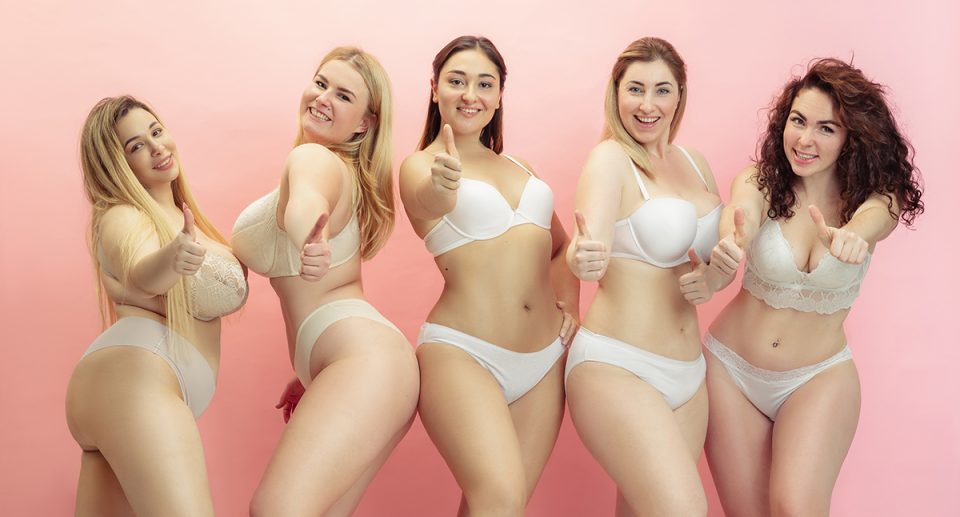
Body positivity encompasses the belief that every individual should have a favorable perception of their body, irrespective of societal and popular culture’s definition of the ideal form, size, and appearance.
The body positivity movement aims to:
- Question societal perspectives on the human body
- Foster acceptance for all body types
- Support individuals in developing self-assurance and embracing their own bodies
- Confront unrealistic standards of beauty
- Acknowledge that body positivity extends beyond physical size and shape, encompassing judgments based on race, gender, sexuality, and disability.
Body positivity also endeavors to enhance people’s comprehension of the impact of popular media messages on their body-related perceptions, encompassing feelings towards food, exercise, clothing, health, identity, and self-care.
Through gaining a deeper understanding of these influences, the goal is to enable individuals to cultivate a healthier and more grounded connection with their bodies.
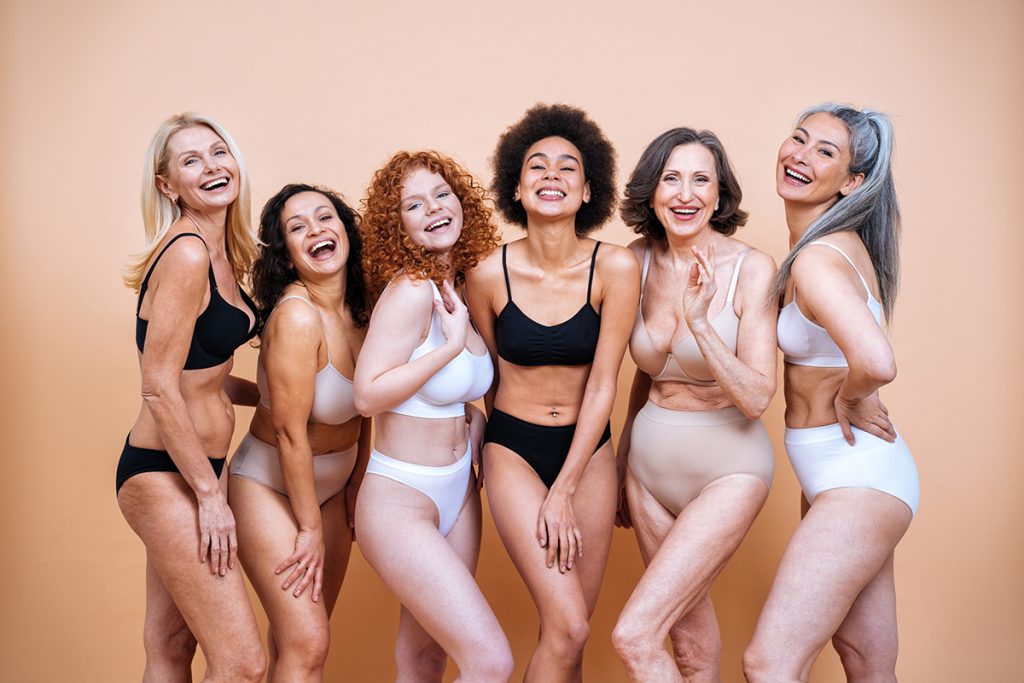
A brief history of body positivity
Body positivity traces its origins back to the fat acceptance movement that emerged in the late 1960s. The primary goal of fat acceptance was to dismantle the culture of fat-shaming and discrimination based on body size or weight. The National Association to Advance Fat Acceptance was established in 1969 and continues its efforts to transform conversations surrounding weight.
The term ‘body positive’ came into existence in 1996 when a psychotherapist and an individual in recovery from an eating disorder founded thebodypositive.org website. This online platform provides valuable resources and educational materials intended to help individuals cultivate a positive body image by shifting the emphasis away from unhealthy dieting and extreme exercise for the purpose of weight loss.
The contemporary manifestation of the body positivity movement began to gain momentum around 2012, initially focusing on challenging unattainable standards of feminine beauty. Over time, as the movement garnered more recognition, the initial emphasis on accepting diverse body sizes and weights expanded to encompass the message that ‘all bodies are beautiful’.
Despite the growing popularity of body positivity, there remains a significant level of confusion regarding its precise meaning. This confusion arises from the existence of numerous interpretations and definitions associated with the movement.
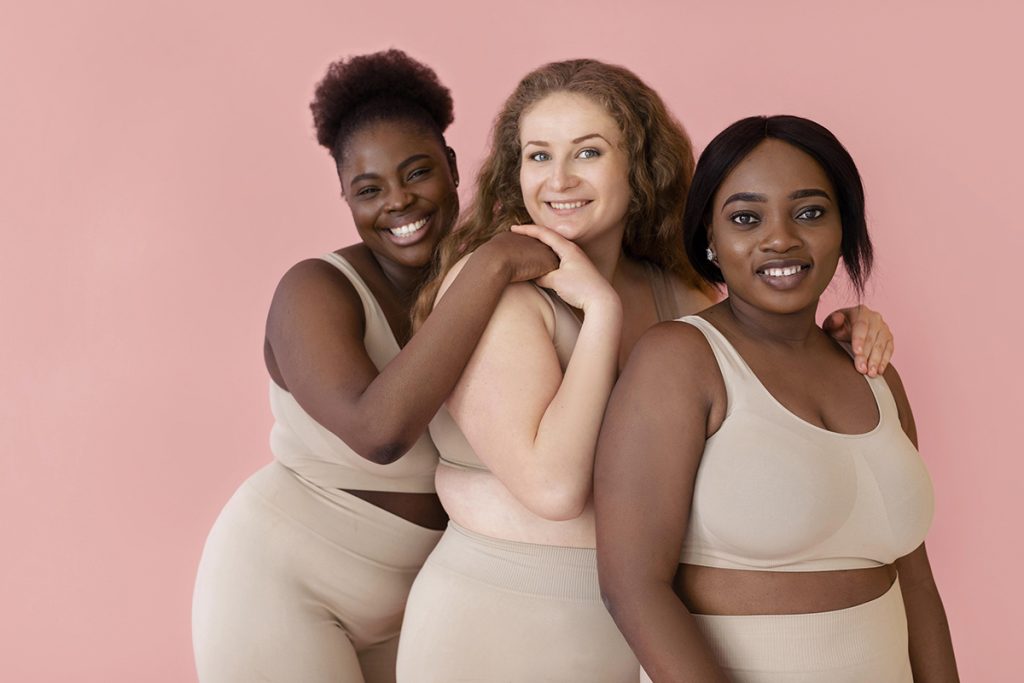
When seeking various perspectives, body positivity can encompass:
- Embracing and appreciating one’s body despite perceived imperfections
- Cultivating confidence and a positive self-image regarding one’s physical form
- Practicing self-love and fostering a compassionate relationship with one’s body
- Accepting and celebrating the natural shape and size of one’s body.
Embracing the concept of enjoying and accepting one’s body as it is, without self-criticism, in response to natural changes resulting from factors such as aging, pregnancy, or lifestyle choices.
The ascent of the body positivity movement was significantly influenced by Instagram. In recent times, several magazines and companies have taken steps to embrace body positivity in their publications and marketing endeavors. Some magazines have discontinued the practice of airbrushing models, while companies like Dove and Aerie have launched marketing campaigns that incorporate messages promoting body positivity.

Reasons for more body positivity
Body positivity strives to tackle the impact of body image on mental health and overall well-being. A crucial objective is to promote a healthy body image, as it significantly influences individuals’ perception of their appearance and self-value. Research indicates that a negative body image is linked to a higher susceptibility to mental conditions like depression and eating disorders.
Body image refers to an individual’s personal and subjective perception of their own body, which may not align with its objective appearance. The emotions, thoughts, and behaviors associated with body image can exert a profound influence on one’s mental health and self-care practices.
The development of body image begins at an early stage in life, and regrettably, even young children can experience body dissatisfaction. According to a report released by Common Sense Media, over 50% of girls and nearly 33% of boys aged 6 to 8 believed that their ideal body weight was lower than their current weight. The findings further highlighted that 25% of children had engaged in dieting behaviors by the age of seven.
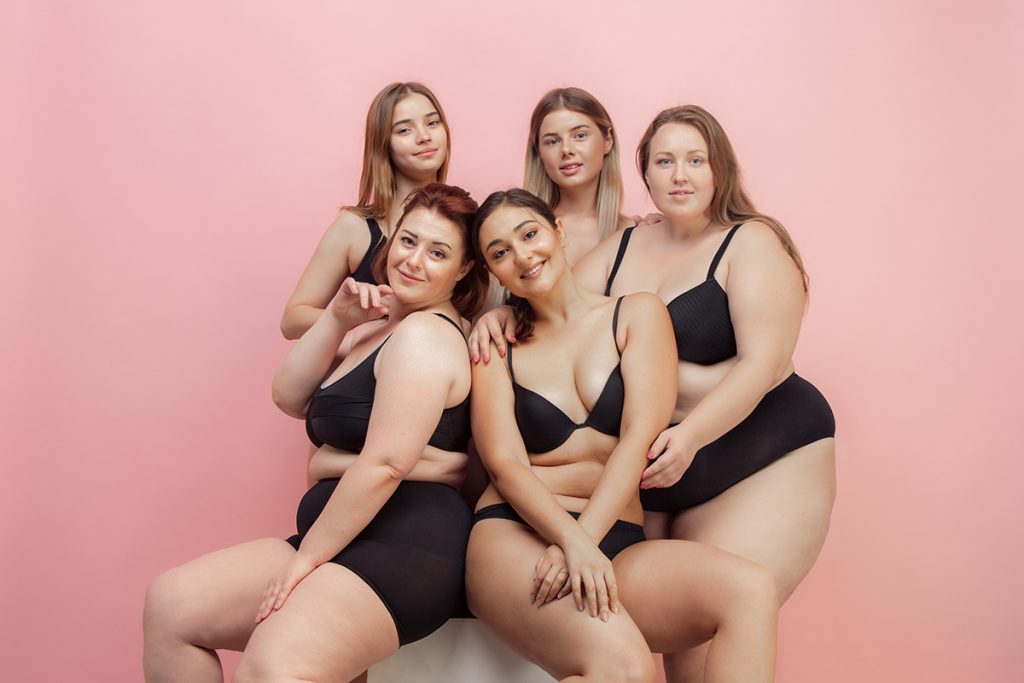
Issues that can arise due to negative body image include:
- Depression. Women tend to experience higher rates of depression compared to men, and some researchers suggest that body dissatisfaction may contribute significantly to this gender disparity in depression rates.
- Low self-esteem. Studies have shown that body dissatisfaction is connected to lower self-esteem in adolescents, irrespective of their gender, age, weight, race, ethnicity, or socioeconomic status.
- Eating disorders. Research indicates a correlation between body dissatisfaction and disordered eating behaviors, especially among adolescent girls.
Extensive research consistently demonstrates that exposure to depictions of the ‘thin ideal’ is linked to behavioral and emotional symptoms associated with disordered eating. However, it is not solely the exposure to these images that poses a risk but also the development of beliefs that equate beauty, success, and self-worth with thinness. Studies have revealed that individuals who internalize these ideals are more likely to experience body dissatisfaction and engage in unnecessary dieting.
Body positivity aims to confront these issues by assisting individuals in recognizing the influences that contribute to poor body image. The objective is for individuals to adjust their body expectations and cultivate a more positive and accepting attitude towards their own bodies. This acceptance, in turn, may help combat the detrimental effects that poor body image can have on mental and physical well-being.
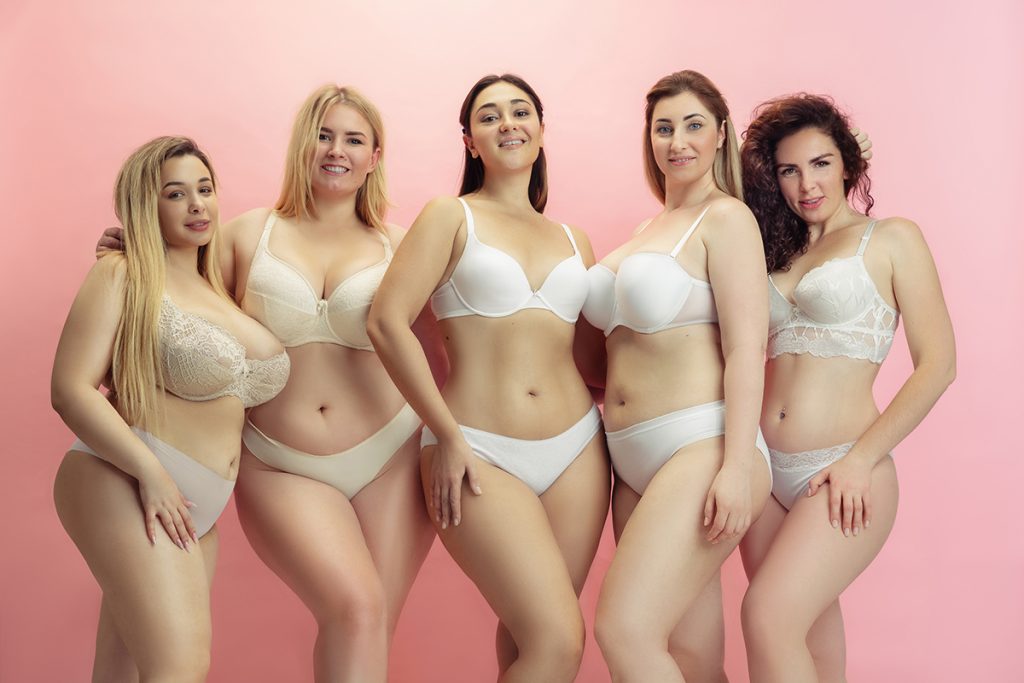
What you could do yourself
Body positivity aims to cultivate acceptance and love for one’s body, but it can present challenges by adding an additional layer of pressure and unattainable standards to meet. While the core message of body positivity is to change how individuals feel about their bodies, it can become just another demand in an already demanding society.
Merely instructing people to accept themselves and exhibit resilience in the face of relentless images promoting the thin ideal can have detrimental effects. Urging individuals to ignore the prevailing beauty standards is not always feasible and may intensify the pressure on those who already feel anxious, negative, and devalued.
Popular culture often reinforces the idea of body flaws while simultaneously expecting individuals to maintain a positive outlook. Consequently, not feeling positive about one’s body can lead to feelings of shame and guilt.
It is not suggested that one should refrain from expressing positive thoughts or engaging in self-affirmations. However, merely masking negative thinking with positive messages can be potentially detrimental. A more effective approach would involve actively addressing and replacing negative thought patterns with more realistic and balanced perspectives.
Now, if you seek to cultivate a healthy body image, there are valuable insights from the body positivity movement that can aid in feeling more content with your body and reducing the fixation on pursuing an elusive ‘perfection’.
Regardless of whether you resonate with the body positivity movement, incorporating certain ideas from this approach can contribute to a healthier relationship with your body.
Why not adopt body neutrality
It is perfectly acceptable to acknowledge that you may not wholeheartedly love every aspect of your body. It is also valid to experience feelings of neutrality or even indifference toward your body. Your worth and value should not be determined by your shape, size, or any other aspect of your appearance. While body image does play a role in self-concept, it is not the sole defining factor.
None of these aspects are easy to navigate. They require ongoing effort, and in most cases, attaining perfection is unrealistic. There will be moments when you feel vulnerable, when you dislike certain aspects of yourself, and when you find yourself comparing to others. The key lies in continuously striving to discover new ways to counteract negative thought patterns that contribute to poor body image.
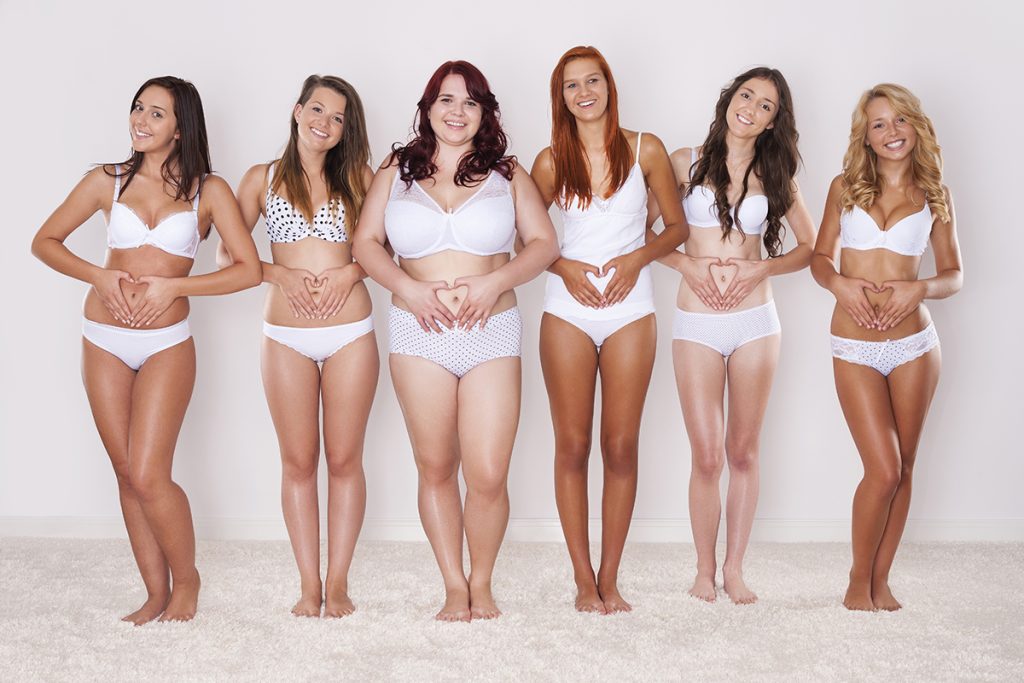
Try a health-focused self-care
Self-care can sometimes be misconstrued as a means to alter or exert control over one’s appearance. However, true self-care should revolve around engaging in activities that foster a positive relationship with your current body. It involves showing respect and appreciation for your body as it is. Opt for nourishing meals that fuel both your mind and body. Engage in exercise to feel strong and invigorated, rather than using it as a means to alter or manipulate your body.
When it comes to clothing, prioritize outfits that complement and embrace your current body. Avoid clinging onto ‘thin clothes’ in hopes of future weight loss, as this can hinder your ability to feel good about yourself in the present. Seek out garments that make you feel comfortable and confident in your appearance.
Consider decluttering your closet by removing clothes that no longer fit your current physique. Remember, your body may undergo changes in size and shape over time, but it should not impede your ability to feel confident and content with yourself in the present moment.
Clear your social media feeds of accounts that do not contribute to your positive self-image. If you frequently find yourself comparing yourself to others, it can hinder your ability to feel good about yourself.
Instead, choose to follow accounts that align with your interests and leave you with a sense of positivity. Particularly on platforms like Instagram, many accounts solely showcase an unrealistic portrayal of perfection or an idealized body image.
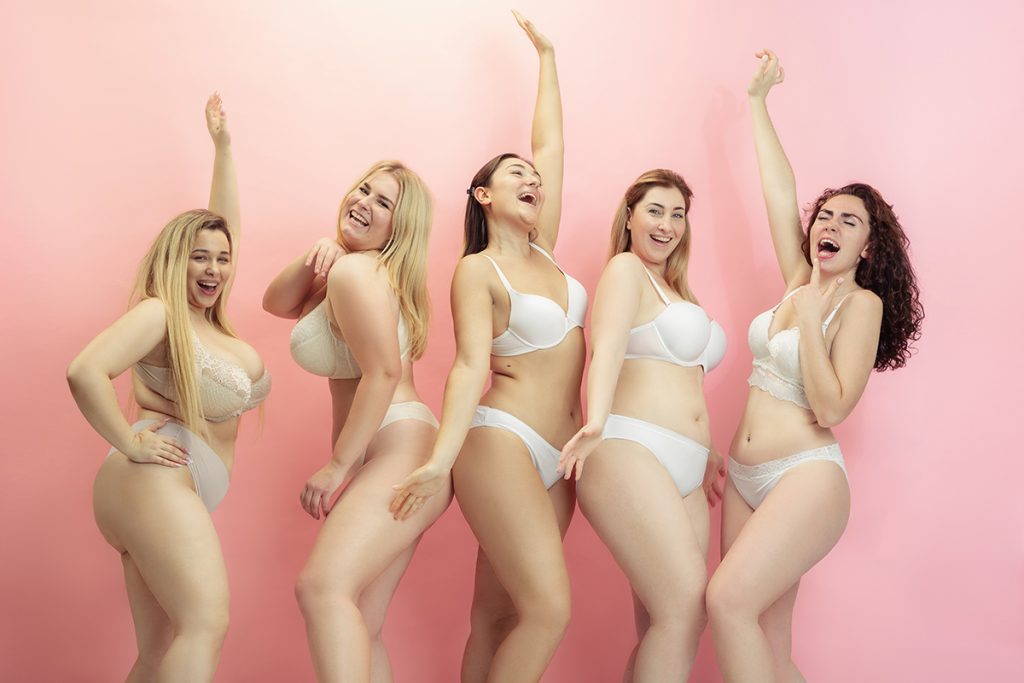
Body positivity and how to love yourself conclusion
New research presented at the 2016 annual conference of the American Psychological Association reveals a potential decline in body dissatisfaction.
In a comprehensive meta-analysis, researchers examined over 250 studies encompassing more than 100,000 participants over a span of 31 years. Although women consistently reported higher levels of body dissatisfaction compared to men, the results indicated a decrease in dissatisfaction in recent years.
These findings offer a glimmer of hope, suggesting that the body acceptance and body positivity movements may be making an impact on how women and girls perceive themselves. While there is still work to be done, increasing the representation of diverse body types in popular media could potentially help combat negative body image.



















